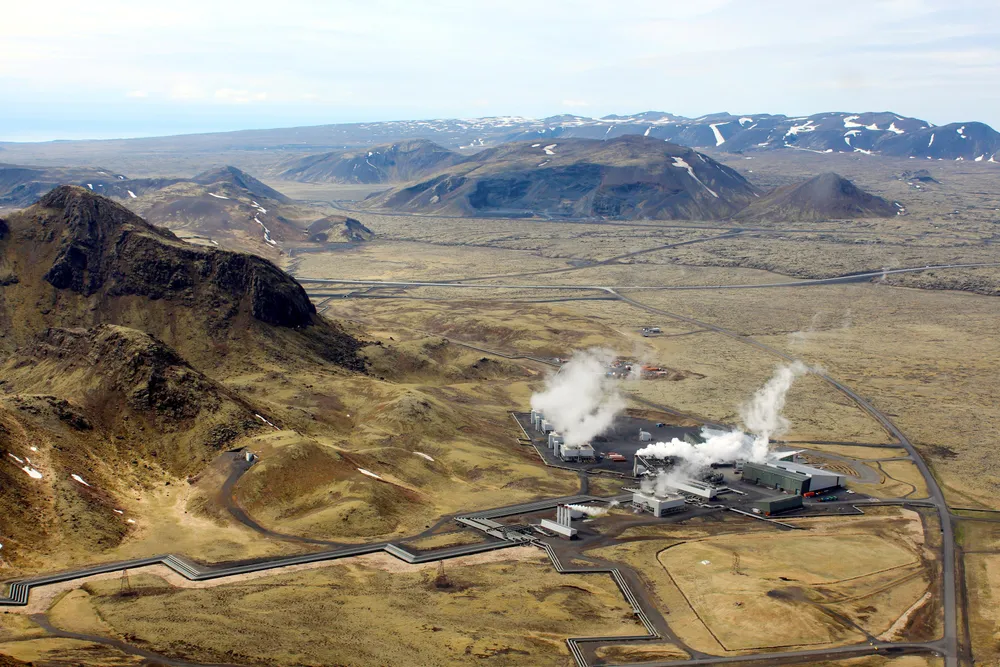Full steam ahead for geothermal sector as record spending predicted: report
Rising demand for power generation spells good times ahead for geothermal operators and contractors

Rising demand for power generation spells good times ahead for geothermal operators and contractors
